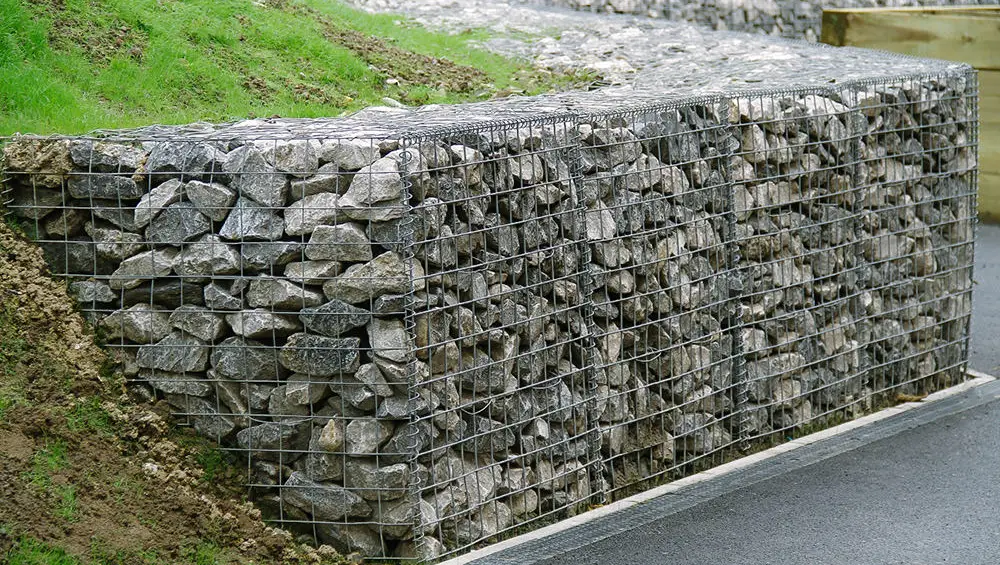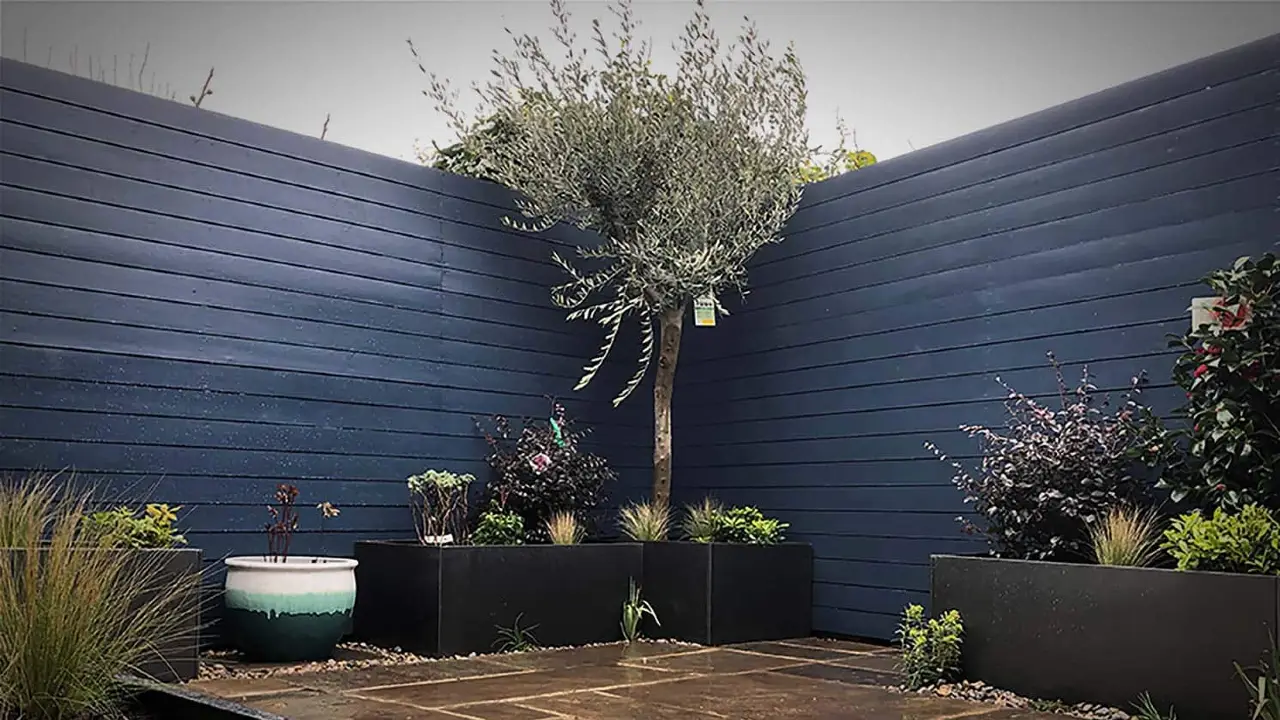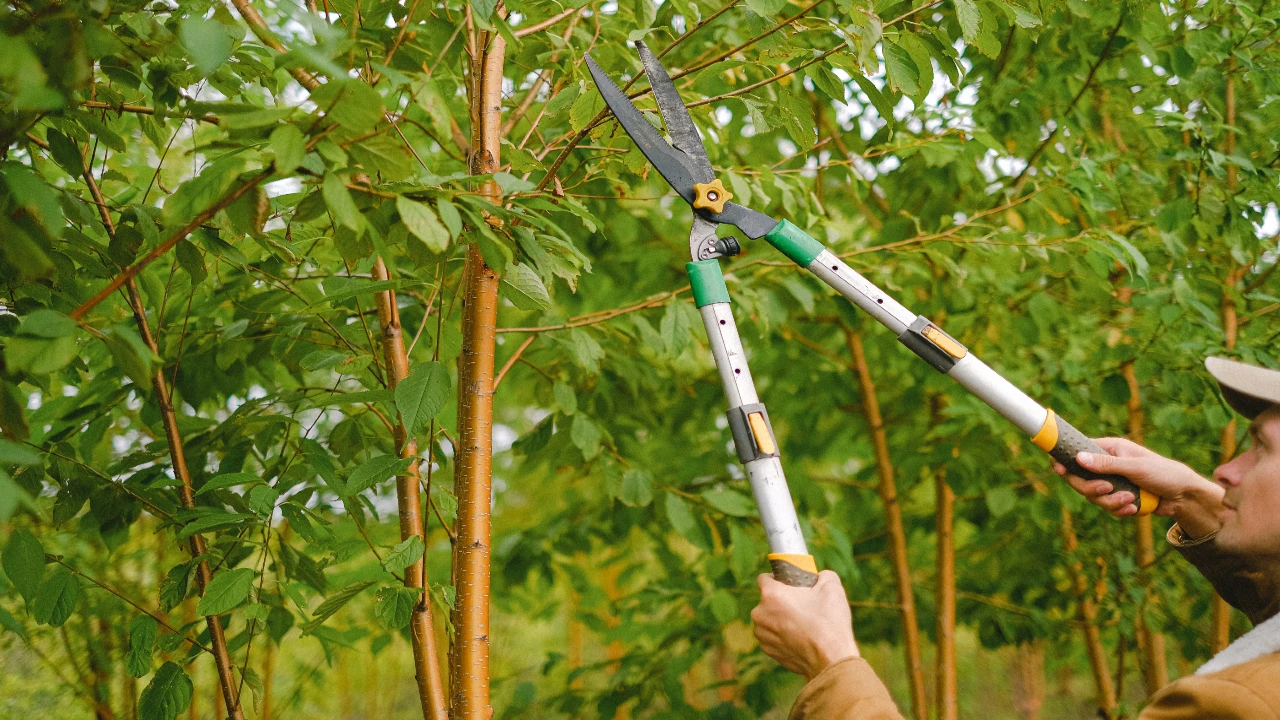It’s important to protect the boundary of your property, especially if you have pets that might like to go for a wander, and fencing is a great way to do that. It also gives you privacy so you can enjoy your garden in the warmer months – but if you’re going to be looking at it, you want it to look good. Decking is also a great way to create sociable spaces to enjoy in your garden – but how much will all this cost? Read our cost guides to get an idea of how much you’ll need to budget for fencing and decking projects in your garden.
Cheap fence cost
If you’re on a budget and need a cheap fence, you can find fence panels for as little as £30 each. Most panels come in either 4ft or 6ft heights, and the taller the panel is, the more expensive it will be. You can buy timber fence posts for as little as £15 each, but bear in mind that they won’t be as sturdy as concrete posts. While they may be cheaper initially, it might cost you more in the long run if you have to have your fence repaired.
Mid-range fence cost
If your budget will stretch a bit further, it’s worth spending the money on concrete fence posts. These are typically about £25 each but will keep your fence much more stable in strong winds. It’s also a good idea to buy gravel boards to protect your fence panels from moisture. These can cost anywhere between £8 for wooden boards to £25 for concrete boards, but are well worth the investment to ensure your fence lasts as long as possible.
Premium fence cost
If you want a premium fence, you could look at composite fencing. Made from a mix of recycled plastic and wood fibres, it’s stronger than wooden fencing and tends to flex in strong winds rather than blow down. Expect to pay around £120 per 6ft x 6ft panel, but higher-end panels can cost as much as £240 per panel. You’ll also need finishing profiles (approx. £10 each), posts and caps (approx. £30 each) and a post base (approx. £10 each).
Cost Guides for Other Common Fencing & Decking Jobs
Fencing & Decking FAQs
What time of year is cheapest to install a fence?
It’s usually cheapest to install a fence in the autumn. This is because sales tend to drop off at this time after a rush in spring and summer, so fencers may run offers to get some work in before the winter. While some people may tell you that it’s best to get your fence installed in the winter, you ideally want mild to cool temperatures without much humidity or rain. Cold winter temperatures won’t be good for your fence panels – and your fencer might not be to keen on working in them either!
How long do composite fences last?
Composite fences can last 30 years, and if looked after properly they could last as long as 50 years. Unlike wooden fence panels, they’re not susceptible to moisture, fungus or insects like woodworm, and they’re less likely to get damaged in strong winds. To help prolong the life of your composite fencing, you should clean it regularly to remove dirt build up and apply a sealant to it to protect it from water damage.
Is it cheaper to lay slabs or decking?
It’s usually cheaper to lay decking than slabs. Wooden decking is cheaper to buy and install and generally takes less time to install too, but it won’t last as long as paving slabs. Paving slabs are generally more expensive and take longer to install, but other than occasional pressure washing and maybe some weeding, there’s no maintenance involved. With decking, you’ll need to oil or stain it every year or so to keep it looking its best.





